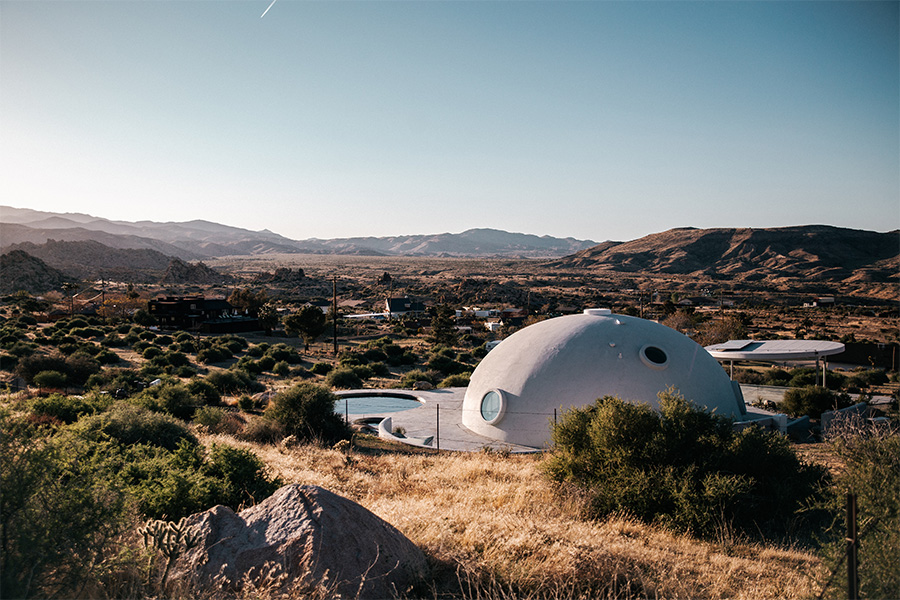Nanjing is one of China’s most culturally significant cities and Laomendong is one of its most historic districts. The TaiOurSea spa then, found on a cobbled street in this characterful neighborhood, is a complex and layered meeting of identities—drawing from its surroundings, but also heavily informed by northern Thailand, on which the project is thematically based.
The brainchild of Shanghai studio RoarcRenew, TaiOurSea is an ode to craftsmanship in its architecture and interiors, eschewing modern industrialism in favor of raw tactility, warmth, and symbolism.
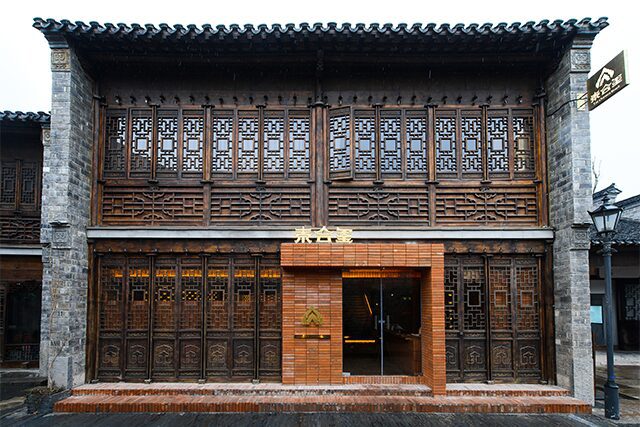
Bricks, the soul of the spa, also appear on the classic exterior
The abundant brickwork is TaiOurSea’s most defining characteristic, used on walls, floors, and ceilings alike. Meticulously placed and with many featuring detailed carvings, the bricks give the project a feeling of uniformity, as well as speaking to a deeper story of the intersection between the spa’s location and Thailand’s Chiang Mai.
“Black bricks are of great significance for Nanjing,” says Robben Bai, chief architect at RoarcRenew. “They were used almost entirely to build the ancient city. Red bricks, meanwhile, clad Chiang Mai’s Tha Phae Gate, its city walls, and the Grand Palace. Bricks of different colors, therefore, act as cultural symbols, representing two ancient civilizations. Equally, their texture is similar to the feeling of walking on soil barefoot—something deeply evocative of South Asia.”
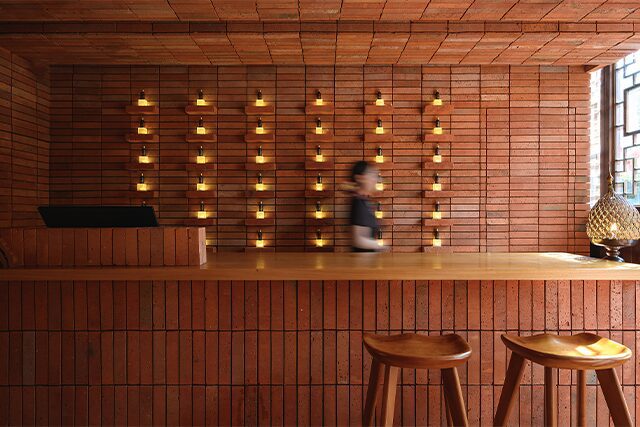
Decorative elements are used sparingly to punctuate spaces like the reception hall
Square lanterns—designed to echo the orderly gaps left in the bricks—further emphasize the pattern of applying traditional elements in novel ways. In treatment rooms, Burmese printing molds from textile factories are used as decorative pieces alongside Thai musical instruments, local artwork, and handwoven table flags. Meanwhile, a dramatic bronze mirror and lotus leaf-shaped discs were found in India and Burma.
“In this era, everything can be reproduced except for time, which is the most valuable thing,” says Bai. “Civilization continues as stories are passed down generation after generation, and so the design is based on this sense of culture and a belief that what is national can also be universal. This project is, in many ways, a showroom, with guests coming not only to experience a massage, but also Thailand.”
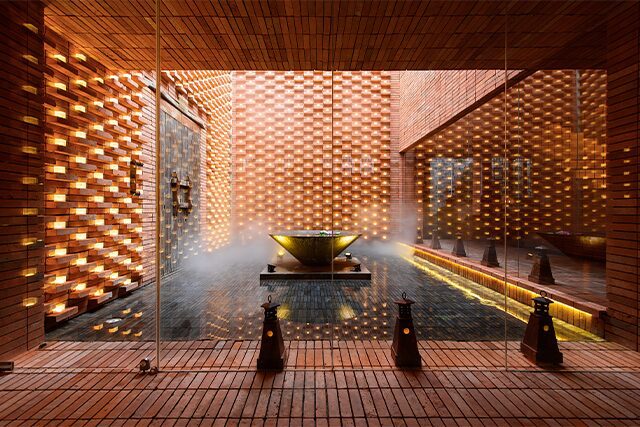
Red and black bricks mix in the atrium, echoing both Chinese and Thai cultures
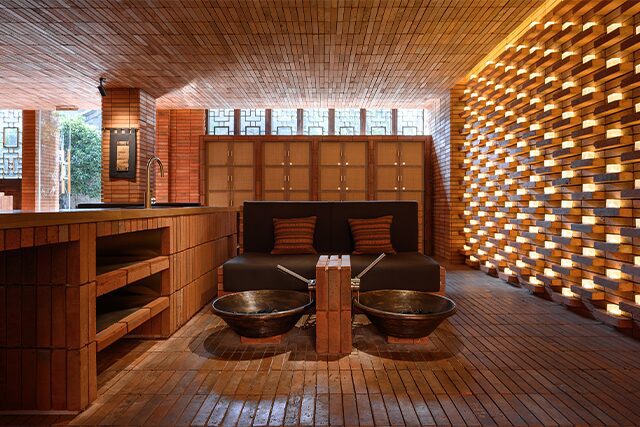
Square lanterns in a treatment area emphasize the orderly layout of the bricks

Private rooms feature vertically aligned wood on walls to create a sense of height
This article originally appeared in HD’s March/April 2020 issue.


